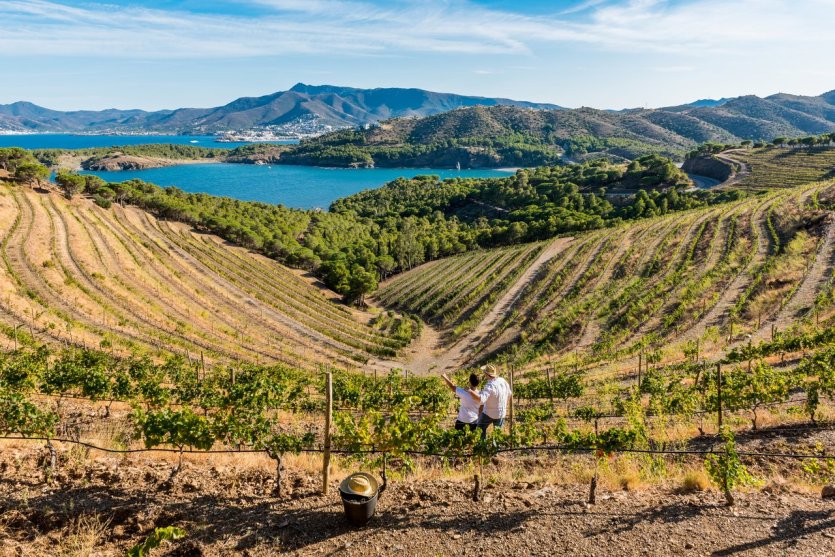
Beaches with translucent waters and breathtaking cliffs, lively coastal towns, medieval villages, cultural events where you can have a good time, gastronomy and wine... The Costa Brava is definitely a multifaceted territory. In the north-east of Spain, the Catalan coast has long been a favorite of many. The Costa Brava invites anyone to slow down and enjoy all it has to offer. Moments by the sea, immersion in its cultural events, walks in its enchanting nature, relaxation, discovery of its crafts and flavors. Here are 10 must-sees during a stay that promises to be exotic and full of surprises.
1- Participate in the traditional festivals of the Costa Brava
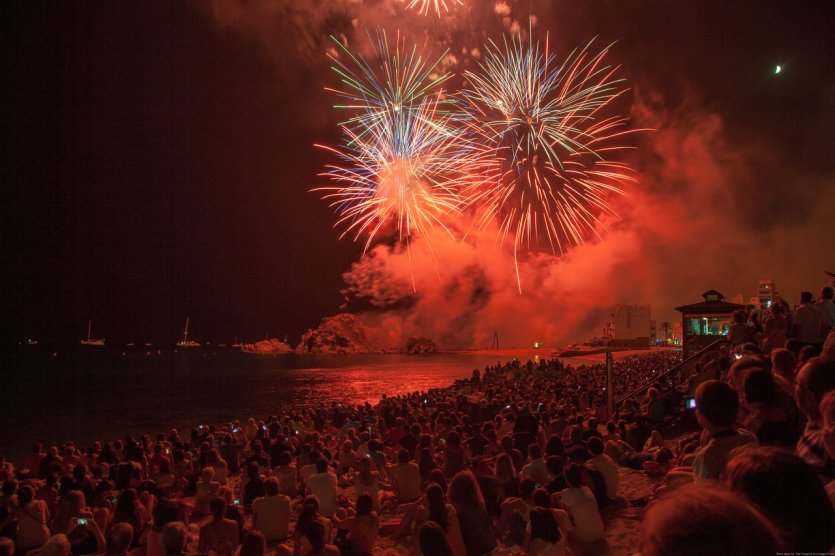
Looking for a vacation in Spain with joy and good humor? Discover the Costa Brava with all your senses, starting with your ears. The Catalan coast never misses an opportunity to be festive and celebrate its traditions. Wherever you are on the night of June 23 to 24, just follow the music and firecrackers to celebrate the night of San Juan. In July, Blanes shines with a thousand lights during the International Fireworks Competition of the Costa Brava! The Salt Festival in l'Escala, the Festival Terre de Troubadours in Castelló d'Empúries, the Fair of the Indianos in Begur or the Recital of Habaneras in Calella de Palafrugell, bring the Costa Brava to life and celebrate music, theater, traditions or local products.
2- Walks in the natural parks of the Costa Brava
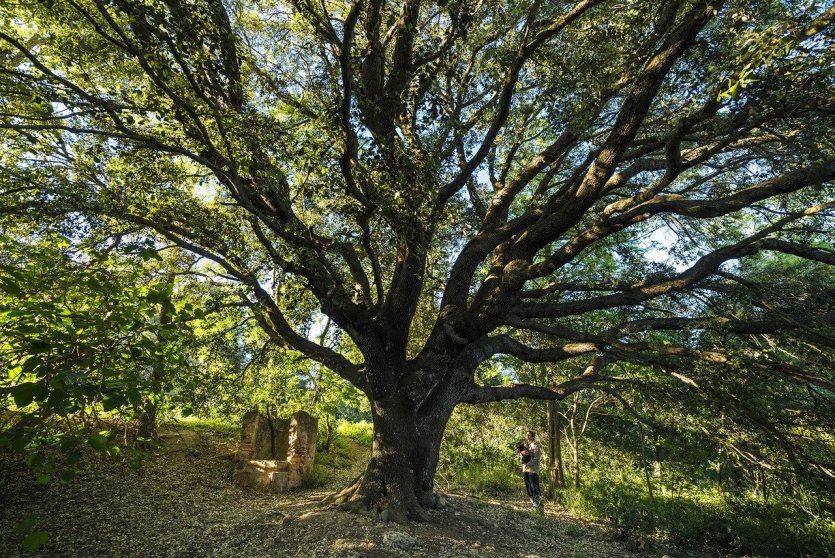
One of the many facets of the Costa Brava is its breathtaking nature. To realize this, you only need to put on good shoes and go to some of its natural parks. With its turquoise waters and jagged cliffs, the Cap de Creus Natural Park is a real paradise for seaside lovers! The Montgrí, Medes Islands and Baix Ter Natural Park is also worth mentioning, with its different panoramas, breathtaking views of the mountains, the beach, the courses of the Ter and the discreet coves of the Catalan coast. The Albera Natural Park of National Interest also offers a walk through hilly landscapes. You can see the transition between the typical species of the Pyrenees and those typical of the Mediterranean, but also a rich heritage. A treat for the eyes! And then, in the Natural Park of the Aiguamolls de l'Empordà, you can enjoy crossing other landscapes, especially those of marshes rich in an incredible fauna and flora.
3- Take a tour of the festivals
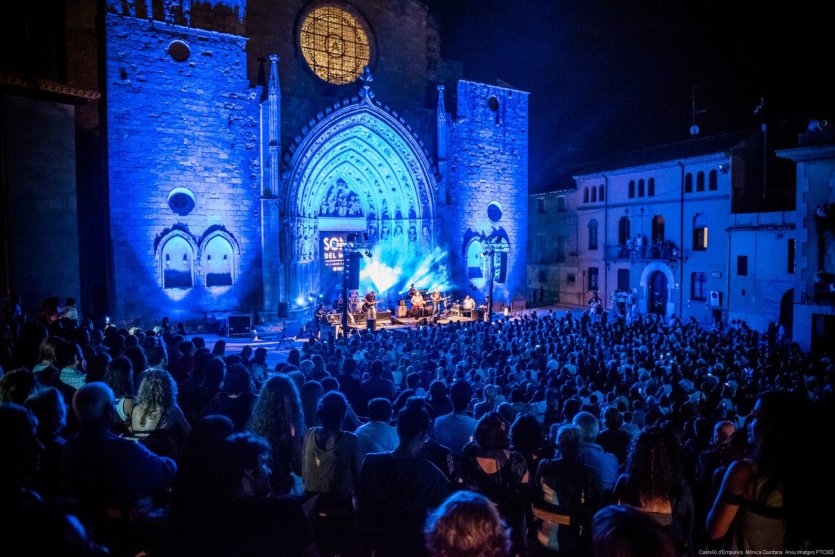
The Costa Brava is a land of festivals. In April, the Castell de Peralada International Music Festival is a reference in the fields of lyricism and dance. From June 16 to 18, 2023, the Festival of Rumba and Catalan Music of Tossa de Mar invites you to join the Platja Gran to enjoy the music and the extraordinary beauty of the old town of Tossa and its beach. Sant Feliu de Guíxols, an emblematic coastal town, also offers incredible moments of music, dance and theater, with musicians and companies of international reference. To do this, head to the International Festival of the Porta Ferrada, from June 30 to August 16. Another option is the Cap Roig Festival, which takes place from July 14 to August 19. An opportunity to see great names of the international music scene, in the pleasant setting of the botanical garden and a stone's throw from the sea.
4- Follow the wine and food routes
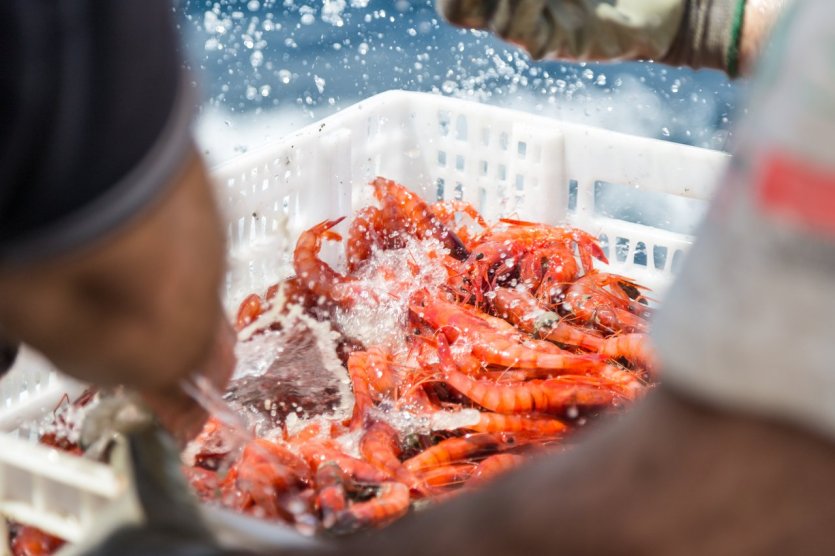
Gourmets and epicureans should not fail to follow the food and wine routes of the Costa Brava, for a festival of flavors in the mouth, and give way to the taste. From Tossa de Mar to Sant Sant Feliu de Guíxols, you can taste shrimps, anchovies, olive oil, goat and sheep cheese from Siurana and Empúries wine. In the unmissable Empordà region, many wineries open their doors and offer tastings of their DOP wines. Another option is from Colera to Roses, with a short detour to Figueres. Here, there is no shortage of opportunities to indulge in gastronomy. You can taste dishes such as the apple stuffed with meat from Vilabertran. You can try wines from the green vineyards that run along the blue reflections of the Mediterranean.
5- The DO Empordà Wine Route: wine tourism on the Costa Brava
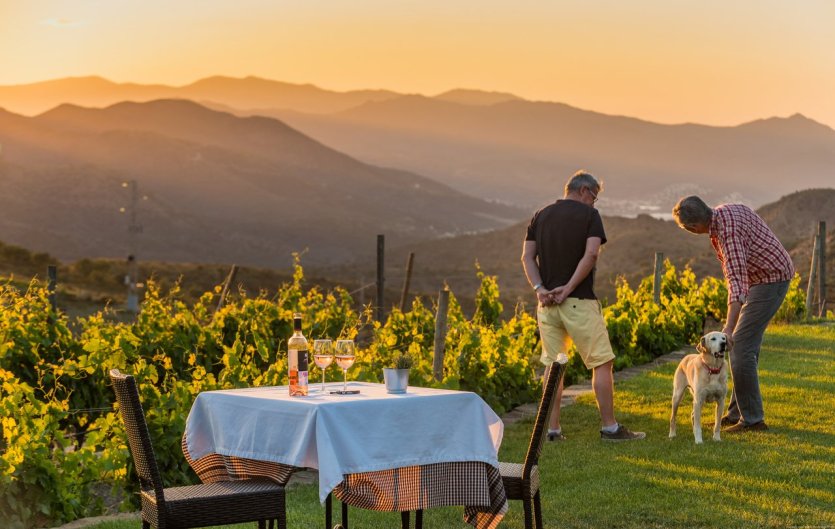
In theunmissable Empordà region, many wineries open their doors and offer tastings of their PDO wines along the DO Empordà Wine Route. In the heart of vineyards that are surrounded by green, hilly landscapes and benefit from the proximity of the Mediterranean, the wine tourism offer is wide. It includes visits to wine cellars, such as the Brugarol cellar in Palamós, stays in typical farmhouses close to the vineyards or meals in restaurants with a fine wine list, such as Es Baluard, in Cadaqués. There are also wine therapy treatments, kayaking trips on the sea with wine tasting or visits to wine-related museums such as the Museu del Suro in Palafrugell.
6- Discover the crafts and old trades of the Costa Brava
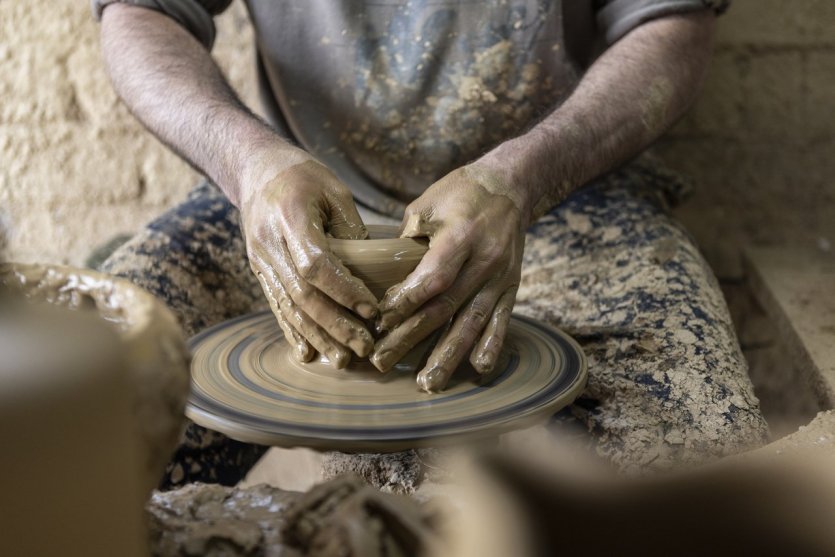
The Costa Brava is a territory that loves to pass on its knowledge. A land ofcrafts where old trades are still practiced, with ancestral techniques. Still active, or simply eager to communicate about their know-how, the craftsmen and old tradesmen welcome visitors to their workshops. In La Bisbal d'Empordà, ceramics and pottery are worked. The Terracota Museu and the Escola de Ceràmica are interesting places to visit in the municipality. In Calella de Palafrugell (Palafrugell), the craftsmen of the Cistelleria Leo work with basketry and welcome all those who wish to discover a multitude of exhibited pieces. They can also take part in courses in basket making, chair repair and much more.
7- Going from coastal village to coastal village
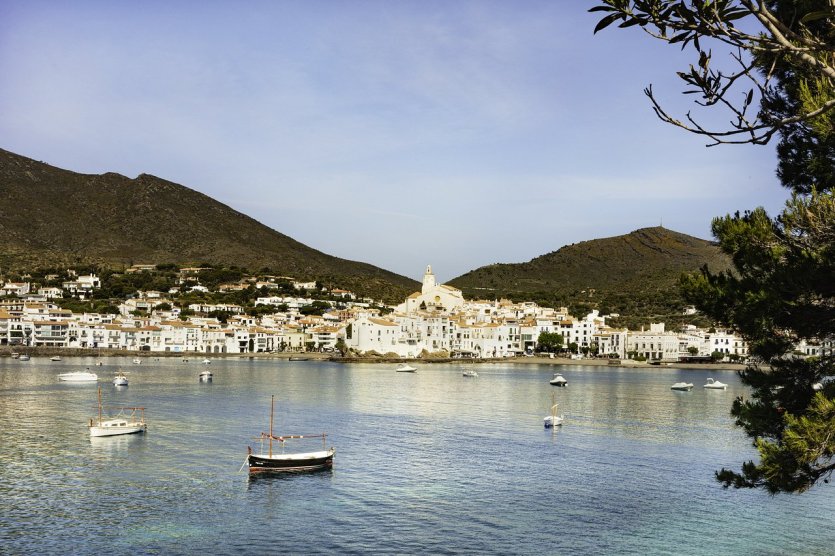
A stay on the Costa Brava is a unique opportunity to stroll through some of its most beautiful coastal villages. We start with Cadaqués, the white village that inspired the great Salvador Dalí. Visit the House-Museum dedicated to the Catalan genius, relax on the beach, cobbled streets, stores and restaurants, the town is definitely worth a visit. We can also recommend Tossa de Mar, with its medieval charm, its charming pedestrian streets and its splendid views of the coastline. What about Blanes and its old town? Its beautiful little coves are a delight for swimmers and snorkelers. Let's finish with Pals. Built around a fortress, perched on its hill, a stroll will take you on a sweet journey back in time, under the sun of the Costa Brava!
8- Follow the Camí de Ronda
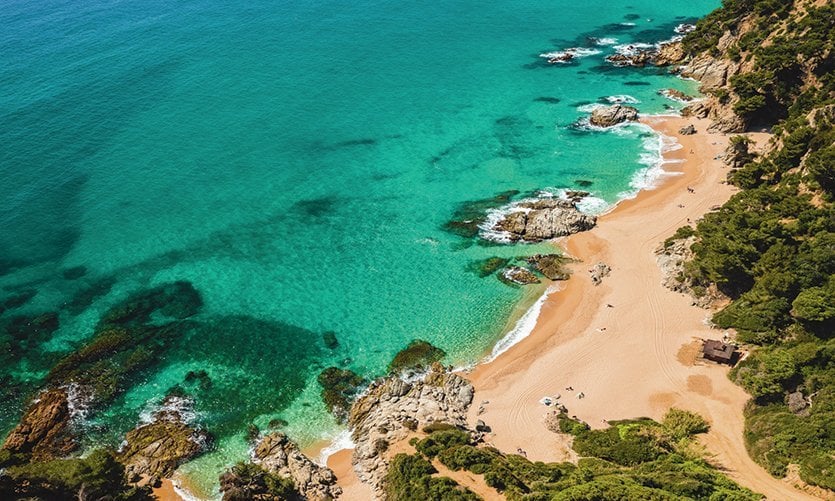
Created at the end of the 19th century, the Camí de Ronda was used to connect the coastal villages. It was also used to control the black market and smuggling, which was common at the time. Nowadays, this route attracts many walkers who want to discover the beauty of the wild coasts of the northeastern part of Spain. This coastal path, which can be walked for a few hours, a day or several days, allows you to enjoy the contrast between the steep cliffs and the translucent waters of the Costa Brava. You can stop in coastal villages to take a breather, have a refreshment or a meal, before setting off again in contact with a breathtaking nature. Special mention to the coves that look like a paradise on earth.
9- Scuba diving
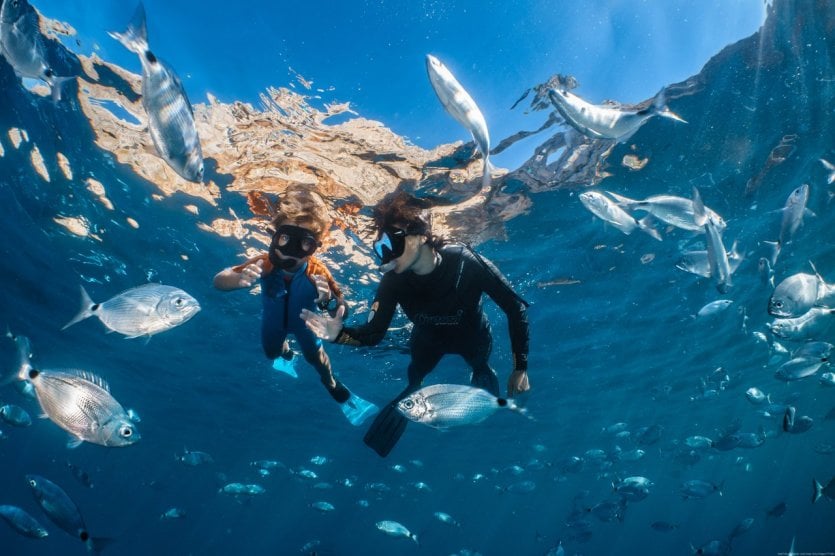
The Costa Brava is a sight to behold, both on land and under the sea. Scuba diving is one of the most popular nautical activities in the clear waters of the Mediterranean. The Costa Brava has several nature reserves. In the marine reserve of Cap de Creus, a diving session is an opportunity to admire beautiful reefs, underwater caves and a rich aquatic fauna with nudibranchs, groupers and other barracudas. Between Palamós and Palafrugell, in front of Cap de Planes, the seabed of the Formigues Islands is made up of caves, large rocks and superb coral formations. Not to mention the wreck of the Boreas, a German Navy deep-sea tugboat from the Second World War. More than 30 diving centers await the amateurs on the Costa Brava, in towns like Cadaqués, Blanes or Llançà.
10- Sitting down at a starred restaurant
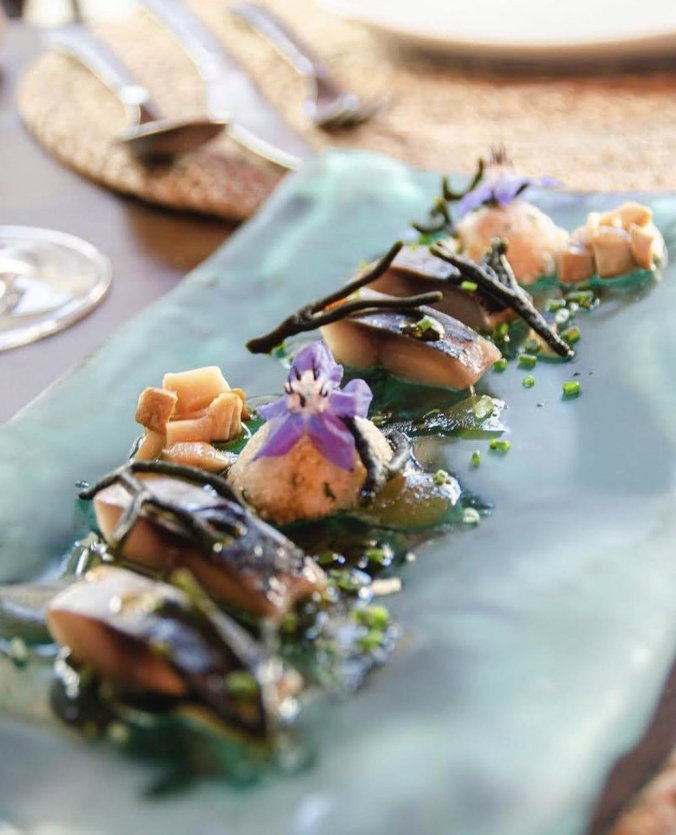
As mentioned above, a stay on the Costa Brava offers many opportunities to enjoy the local gastronomy. The chefs in the area know how to cultivate culinary traditions, but they are also very creative in their efforts to enhance each flavor. In Girona, 13 restaurants have been awarded no less than 18 Michelin stars. At places like Miramar in Llançà, La Cuina de Can Simón in Tossa de Mar or Peralada Castle in the city of the same name, your taste buds will be delighted and the dishes will be equally pleasing to the eye.


